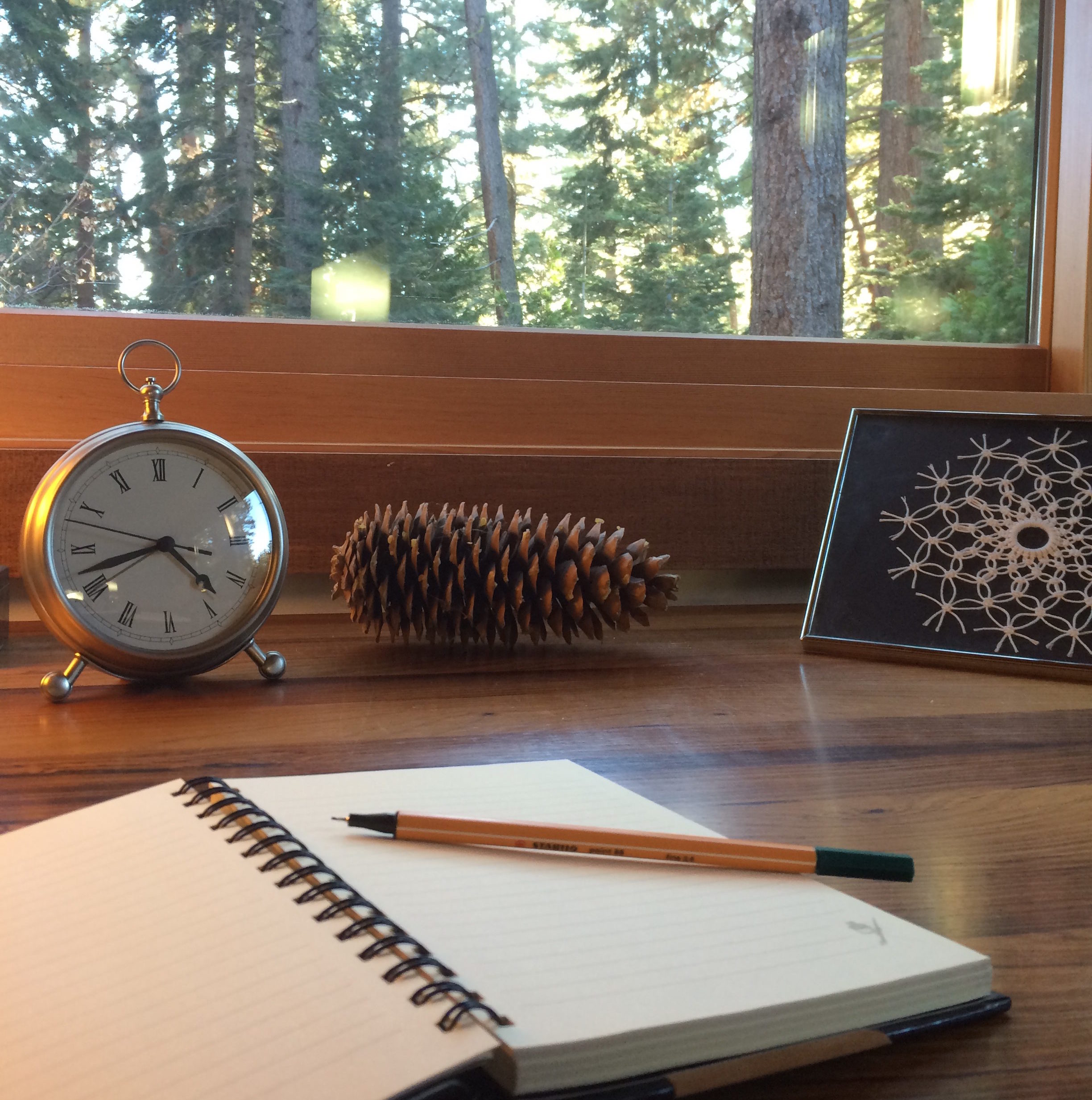
03 Nov 5 Tips on Keeping an Adventure Journal Like an Explorer of Old
The task of an explorer is to adventure deep into unfamiliar territory, to register the diversity of the world, both natural and cultural, and then to communicate it to others.
Noting and documenting have long been a part of the explorer’s toolkit. Though the style of a journal may have altered over time—from quill, ink and scroll to ballpoint pen and leather-bound paper—their contents have been much the same, noting everything from sensory details to thoughts, feelings and existential concepts. Explorers’ journals are places to collect and store experiences; once back home, we can reflect on them, considering the fullness of our journeys and what we’ve learned.
As both an anthropologist and a travel writer, I use my journal—paper and pen that do not need recharging and work under any conditions—as my key tool. My journal is where I note everything, from memorable conversations to new words in the local language, from dreams that arise from being in the new place to the particular emotional and intellectual experiences of being there.
I got my first full taste of the magic of the explorer’s journal while in the archives of the Penn Museum of Anthropology and Archaeology in Philadelphia. I was doing research for an ethnographic exhibit on South America, and I was pouring through the field journals of William Curtis Farabee. He was an anthropologist and explorer that the museum had sent to the Amazon in the early 1900s. His notebook entries were a bit like Kerouac and a bit like a grocery list—both styles invaluable for my research.
They also invited me into the cadence of his mind. It was the place he went when writing just for himself, working urgently against the setting sun to get all the smells, sounds, tastes, textures, and sights of the day down before sleep set in. Through those pages I could feel Farabee; I felt his fatigue after journeying through jungle for two weeks; I felt his elation upon meeting people who inspired a broader sense of humanity. Farabee may have died in 1925, but his presence remains in those pages.
Drawing from Farabee’s explorations and my own, I’ve compiled five top tips for keeping a rich explorer’s journal.
1) Pick a journal and a pen that you love.
Both objects should be items that you want to hold and use; they are extensions of yourself. Part of this is ergonomic, finding that right fit to your hands and eyes. But part of this is selecting vehicles for your expression, picking tools that evoke the sense of being an explorer. That pull, that aesthetic, can make you want to reach for the journal and pen often to note anything that comes to mind.
2) Don’t over-think anything, just write.
Let yourself fall into a flow of consciousness. Write what is in you, before you, around you, and don’t worry about what to write. A fun daily ritual is to go sit in a café (or on the beach, or a boat, or a rock before a beautiful vista) and simply journal. It can be like Farabee’s journal, part Kerouac, part grocery list. Note details of the day’s adventures but also, look around: take note of the surrounding people, objects, colors, sounds, birds and their songs, insects, flowers, landscapes, meals and their tastes and ingredients, conversation snippets—anything and everything. No need to filter or judge, just write. Write from your senses, not your mind: use sounds, textures, colors, tastes, and smells. Then write what these senses evoke. Note new words or concepts.
3) Note your nightly dreams.
Some time ago I attended a panel at an anthropology conference on how our dreams change when we immerse ourselves in another culture and territory. Dreams can inform us about how we are experiencing a new place. In fact, dreams can be more honest in tapping into the deeper transformational and insightful aspects of our travels. Ever since that panel, I’ve noted my own dream experiences, and the insights have been both remarkable and exciting. Dreams are the perfect weaving of you and the place you are in—be sure to include your dreams in your journal the moment you wake up.
4) Make journal writing a savored daily ritual.
Let the journal be your place alone, where you go to have an immediate experience with yourself and the place you are. Let it be a pause in your day to catch your breath, to reflect, relish and rest. Let it become a ritual for respite. You might even consider it your chance to take a “tech detox” (a phrasing from OARS’s blog worth reading) and be fully part of the adventure before you on the ground.
5) Practice keen observation.
Even when you are not writing, make sure to pause at times throughout your day, take a deep breath, and put your focus to exactly where you are, not where you are going or where you have been. Note how it helps you see more details immediately before you. And if you want, let yourself jot notes into your journal: details that you want to remember and reflect upon when you take that time to sit down in a café or pause in your tent to write more fully. You’ll quickly find that a journaling habit makes these moments of observation second nature.
Keeping a journal is an effective way to reclaim the full experience of adventure. It is a tool to bring forth total presence, a place to note riotous details, and ultimately, a wonderful place of one’s own to contemplate the journey. A journal can become a profound rendering of a voyage and possibly the most treasured souvenir the traveler takes home. And if you have aspirations to share your journey—through blogging, social media or otherwise—you’ll have all the details and ideas you need to take the public right into the thick of exploration.
Explorer journal worthy adventures to consider:
Off The Beaten Path
Latest posts by Beebe Bahrami (see all)
- The World’s Best Travel Pilgrimages - September 16, 2017
- Celebrating the New Year from Asia to America and Winter into Spring - December 30, 2016
- 5 Tips on Keeping an Adventure Journal Like an Explorer of Old - November 3, 2016






No Comments